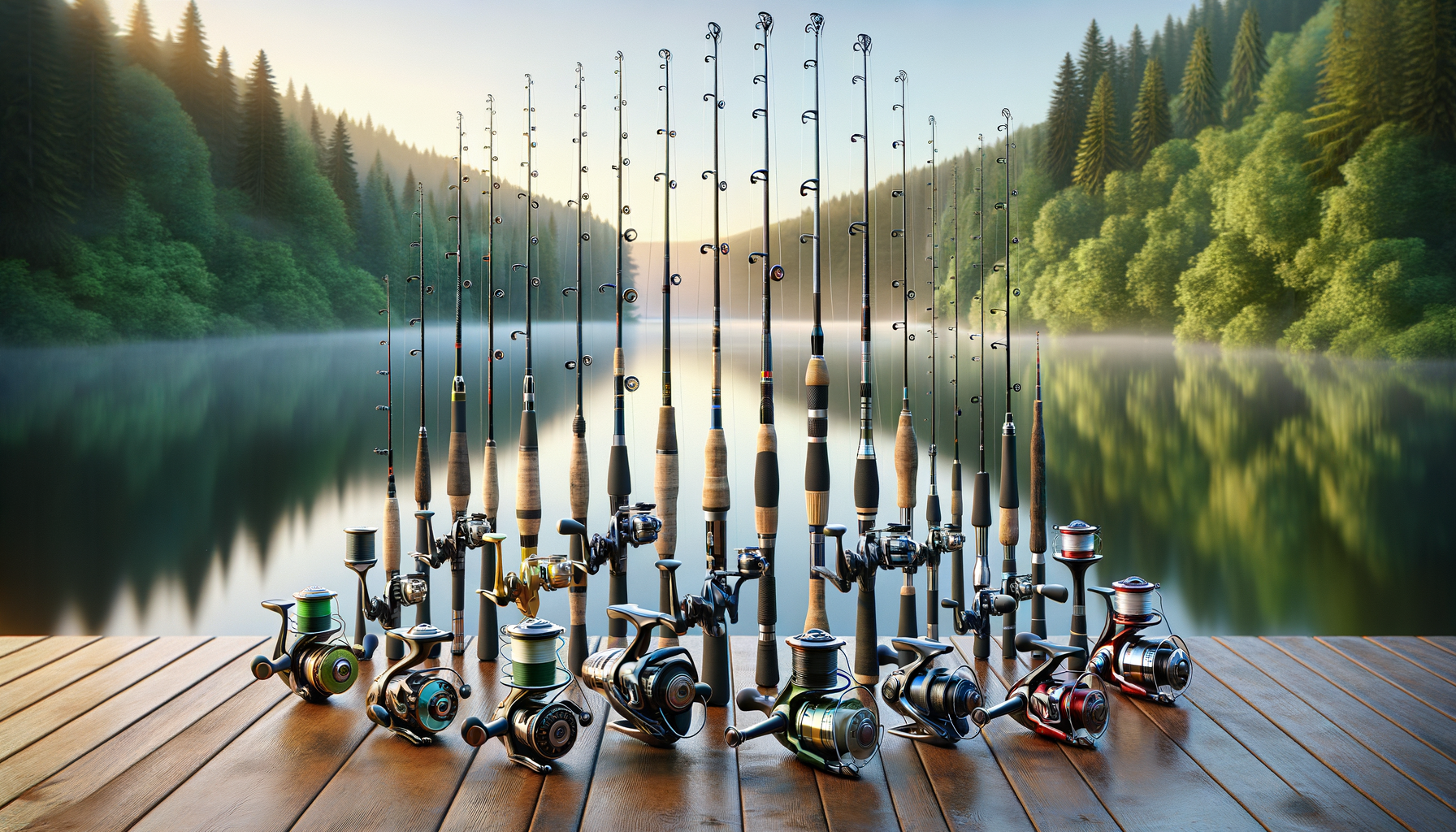Understanding Different Types of Fishing Rods
Fishing rods come in various types, each tailored for specific fishing scenarios. The most common types include spinning rods, baitcasting rods, fly rods, and telescopic rods. Spinning rods are popular among beginners due to their ease of use and versatility. They are suitable for catching a wide range of fish species. Baitcasting rods, on the other hand, offer more control and power, making them ideal for targeting larger fish. Fly rods are specialized for fly fishing, a technique that involves casting lightweight artificial flies. Telescopic rods are convenient for travel as they can be collapsed into a compact size.
When choosing a fishing rod, consider the type of fishing you plan to do. For instance, if you’re interested in freshwater fishing for trout or bass, a spinning rod might be your best bet. If you’re targeting larger saltwater species, a baitcasting rod could be more appropriate. Understanding these differences will help you make an informed decision that aligns with your fishing goals.
Factors to Consider When Selecting a Fishing Rod
Choosing the right fishing rod involves considering several factors, including length, power, and action. The length of a rod affects casting distance and accuracy. Longer rods can cast further, making them suitable for surf fishing or when fishing from a boat. Shorter rods offer more control, which is beneficial when fishing in tight spaces or when precision is essential.
Power refers to the rod’s strength and its ability to handle different weights. Rods are categorized as light, medium, or heavy power. Light power rods are suitable for smaller fish, while heavy power rods are designed for larger, more aggressive species. Action describes how much of the rod bends when pressure is applied. Fast action rods bend near the tip, offering quick hook sets, whereas slow action rods bend throughout the length, providing a more forgiving experience.
Considering these factors will ensure you select a rod that complements your fishing style and enhances your overall experience.
The Importance of Material and Construction
The material and construction of a fishing rod significantly impact its performance and durability. Most fishing rods are made from graphite, fiberglass, or a composite of both. Graphite rods are lightweight and sensitive, making them ideal for detecting subtle bites. However, they can be more brittle compared to fiberglass rods, which are known for their durability and flexibility.
Composite rods offer a balance between the sensitivity of graphite and the strength of fiberglass. They are versatile and can be used in various fishing conditions. When selecting a rod, consider the environment you’ll be fishing in. For instance, if you’re fishing in a rocky area where durability is crucial, a fiberglass or composite rod might be more suitable.
The construction quality also plays a role in the rod’s performance. Look for rods with high-quality guides and reel seats, as these components can affect casting efficiency and line management.
Matching Rods with Reels and Lines
To maximize your fishing success, it’s essential to match your fishing rod with the appropriate reel and line. The reel should complement the rod’s power and action. Spinning reels are commonly paired with spinning rods, while baitcasting reels are suited for baitcasting rods. Fly rods require specific fly reels designed for fly fishing techniques.
The line weight should also be compatible with the rod’s specifications. Each rod is rated for a specific line weight range, which ensures optimal performance. Using a line that is too heavy or too light can affect casting distance and accuracy, as well as the rod’s ability to handle fish.
By ensuring that your rod, reel, and line are well-matched, you’ll enhance your fishing experience and increase your chances of success on the water.
Final Tips for Choosing the Right Fishing Rod
As you embark on your fishing journey, remember that the right fishing rod can make a significant difference in your overall experience. Take the time to research and test different rods to find one that feels comfortable in your hands. Consider visiting a local tackle shop where you can seek advice from experienced anglers and test various rods.
Additionally, think about your budget. While it’s tempting to invest in high-end equipment, there are many affordable options that offer excellent performance for beginners. Prioritize finding a rod that suits your needs and skill level.
Finally, remember that fishing is not just about the equipment; it’s about enjoying nature and honing your skills over time. With the right rod in hand, you’ll be well-equipped to create lasting memories on the water.








